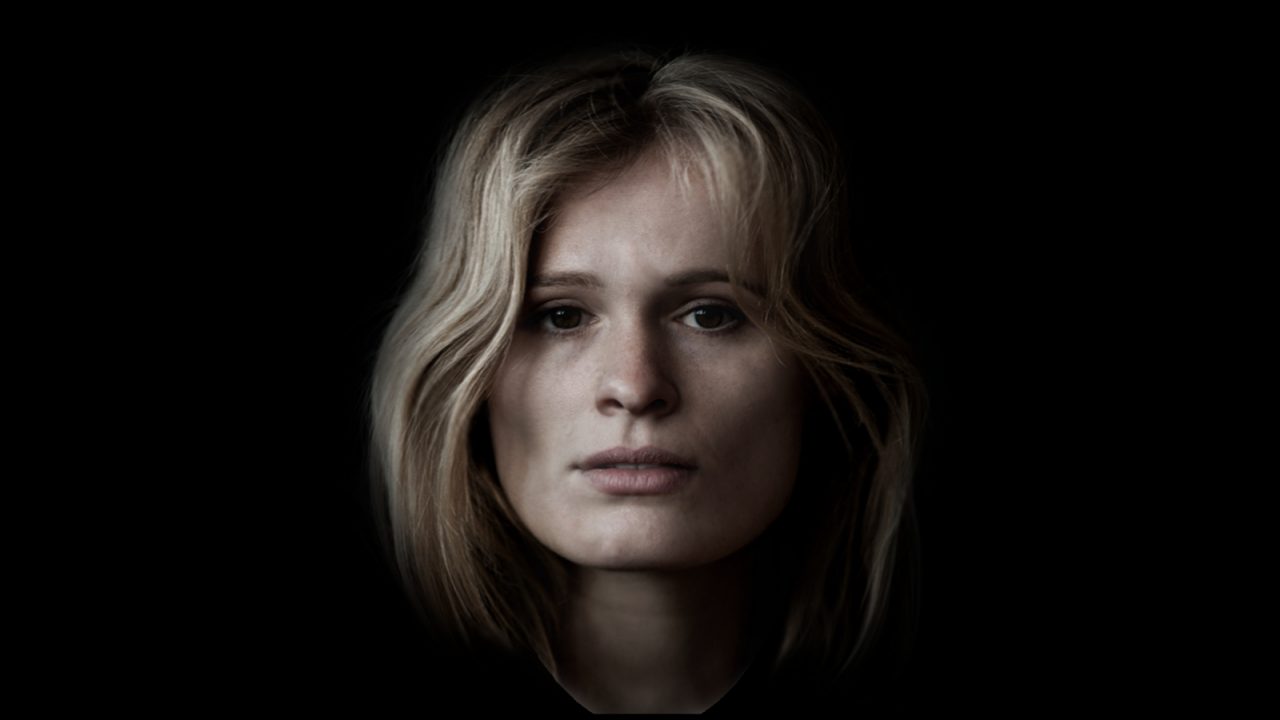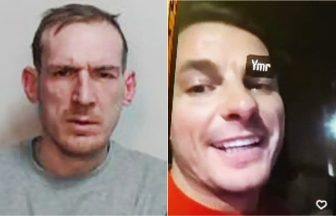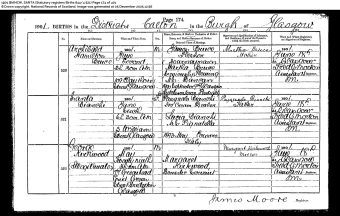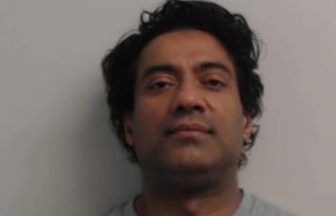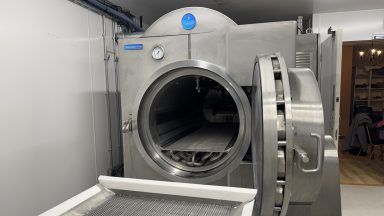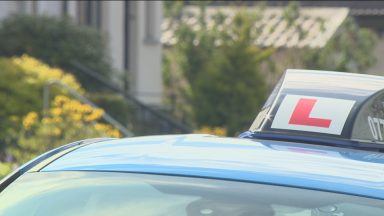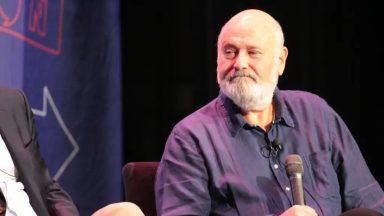Scotland’s medieval past is being brought to life with the help of talking 3D reconstructions.
Animations of a young woman and a priest, both buried in Whithorn Priory, Galloway, in the Middle Ages, are among those being unveiled as part of Wigtown Book Festival.
The reconstructions will also include Bishop Walter of Whithorn, who died in 1235.
Bishops, Bones and Burials, brought together by The Whithorn Trust, will include expert analysis revealing fascinating insights into the lifestyles, diets and health of people from Scotland’s distant past.

The priory, which is now in the care of Historic Environment Scotland, was built by Premonstratensian monks in the 12th century.
It later became a cathedral church – but its period of wealth and glory ended with the Protestant Reformation of the 1560s after which it became a parish church.
The research into the skeletons has also raised a number of mysteries including the young woman, in her 20s, who was buried on a bed of shells.
The skeleton of an unknown male has also raised questions with the positioning of his grave near the high alter of the cathedral suggesting he was a cleric of high status.

However, the skeleton has confused experts further due to its cleft palate which, it is believed, would have prevented them from rising through the religious hierarchy because of difficulties intoning the Mass.
The research also shows the man with the cleft palate, who was buried among priests and bishops, grew up locally and had a mainly terrestrial diet like other local folk, while the bishops had rich diets with lots of fish protein.
His grave was an elaborate mortared stone cist like the bishops around him.
The woman was buried with the rest of the laypeople in what later became the Glebe Field.

The project has revealed that Bishop Walter was a portly man, with a diet high in fish, and was found to have been raised in south west Scotland but was not local to Whithorn. He was buried dressed including a gold finger ring and a wooden crozier, marking his status as a bishop.
The reconstructions began as part of a revisiting of Whithorn’s archaeological archive, known as Cold Case Whithorn.
The work has resulted in the re-housing and re-examination of 52,000 items from Whithorn’s excavation.
This includes radiocarbon dating of some human remains carried out by Scottish Universities Environmental Research Centre, East Kilbride, stable isotope testing by Dr Shirley Curtis Summers (University of Bradford), ancient DNA analysis by the Crick Institute, London, and now facial reconstruction by cranio-facial anthropologist, Dr Chris Rynn.

All the discoveries and mysteries will be discussed in detail during the talk which takes place at the County Buildings, Wigtown, on September 30.
Dr Adrian Maldonado of National Museums Scotland, who leads the Cold Case Whithorn project, will be joined for the event by cranio-facial anthropologist Dr Chris Rynn and Dr Kirsty Dingwall of Headland Archaeology.
Dr Maldonado said: “The famous excavations at Whithorn were a huge leap forward in the archaeology of Christianity, and amazingly, they continue to bring new insights into life in medieval Scotland.
“These graves were discovered decades ago, when they could not have anticipated the kinds of questions we can now ask. In addition to generating critical new scientific data about health and diet in the past, the people of medieval Whithorn continue to inspire stories.
“What could be a better testament to the value of curating archaeological collections in museums?”
National Museums Scotland and Dumfries and Galloway Council Museums Service loaned the skulls of the three medieval people for 3D scanning by Dr Adrian Evans at University of Bradford.
They were then reconstructed digitally and given lifelike faces.
Voiceovers were then created by Urbancroft Films of Glasgow to accompany films of the faces
The new 3D animations will now go on show along with the one of Bishop Walter at the Whithorn Trust Visitor Centre which holds a remarkable collection of archaeological finds and tells the story of a burgh known as Scotland’s “cradle of Christianity”.
The event will also include the launch of a series of tales written by students from the Douglas Ewart High School.
The stories were inspired by the reconstructions of the woman and the unknown cleric and are part of Scotland’s Year of Stories 2022.
Three winning stories were selected including adult winner Heidi Hunt, whose story centres around a shipwreck in the 1430s.
Julia Muir Watt, the trust’s development manager, said: “The chance to see and imagine that we can hear these three people from so many centuries ago is a remarkable way to help us understand our history and ancestry.
“It’s always a challenge to imagine what life was really like in medieval times, and these reconstructions are a brilliant way to engage with who these people from our past really were, of their everyday lives, their hopes and their beliefs.”
Follow STV News on WhatsApp
Scan the QR code on your mobile device for all the latest news from around the country


